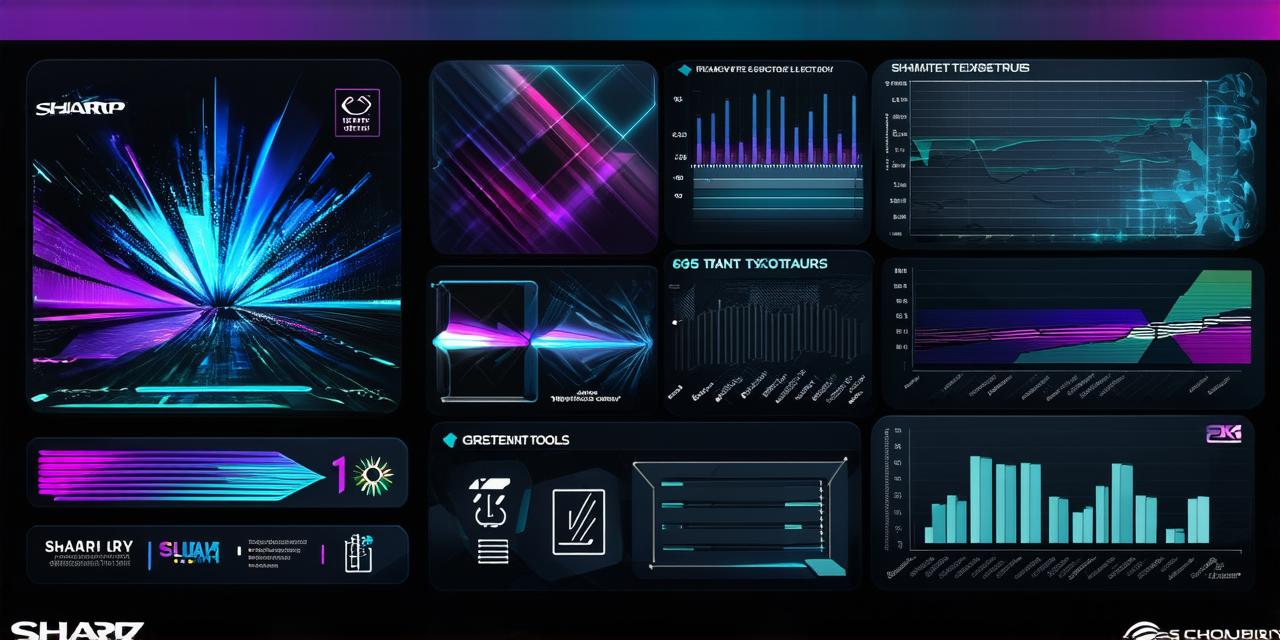Introduction
The indie game market has experienced tremendous growth in recent years, offering new opportunities for game developers to monetize their games. However, generating revenue can be challenging for many indie game developers. In this comprehensive guide, we will explore the various strategies and trends that indie game developers can use to monetize their games and build sustainable businesses.
Monetization Strategies for Indie Game Developers
There are several ways that indie game developers can monetize their games. Here are some of the most popular strategies:
Freemium Model
The freemium model involves offering a basic version of the game for free, with optional in-app purchases or subscriptions to access additional content and features. This strategy works well for games that have a large player base and offer engaging content that keeps players coming back for more.
Pay-to-Play Model
The pay-to-play model involves charging users a fixed price to download and play the game. This strategy works well for games that have a niche audience or offer a unique and high-quality gaming experience that justifies the price point.
Subscription Model
The subscription model involves charging users a recurring fee to access the game, usually on a monthly or annual basis. This strategy works well for games that offer ongoing content updates, exclusive features, or a sense of community and social interaction.
In-Game Advertising
In-game advertising involves displaying ads within the game, either through banners, interstitials, or other forms of in-game advertising. This strategy works well for games with a large player base and can provide a passive revenue stream for developers.
Merchandising
Merchandising involves selling physical or digital products related to the game, such as t-shirts, posters, figurines, soundtracks, and more. This strategy works well for games with a strong brand identity and a loyal fan base.
Case Studies in Indie Game Monetization
Here are some examples of successful indie game monetization strategies:
Minecraft
Minecraft is a popular example of the freemium model in action. The game is available for free to download and play, but users can also purchase additional content, such as skins and maps, through in-app purchases. Additionally, Minecraft has a strong community of players who create and share content related to the game, further monetizing the franchise.
Angry Birds

Angry Birds is an example of the pay-to-play model in action. The game was initially available for free, but users could purchase additional levels and power-ups through in-app purchases. Additionally, Angry Birds has a strong brand identity and has been adapted into a variety of merchandise, further monetizing the franchise.
League of Legends
League of Legends is an example of the subscription model in action. The game is free to play, but users can purchase additional features, such as skins and champions, through in-app purchases or a monthly subscription fee. Additionally, League of Legends has a strong community of players who participate in tournaments and other events, further monetizing the franchise.
Clash of Clans
Clash of Clans is an example of in-game advertising in action. The game features ads within the game, which can be displayed between levels or during loading screens. Additionally, Clash of Clans has a strong community of players who participate in tournaments and other events, further monetizing the franchise.
Terraria
Terraria is an example of merchandising in action. The game features a strong brand identity and has been adapted into a variety of physical and digital merchandise, such as t-shirts, posters, figurines, and soundtracks. Additionally, Terraria has a strong community of players who participate in tournaments and other events, further monetizing the franchise.
Trends in Indie Game Development
Summary
Monetizing indie games can be challenging, but with the right strategy and trends, developers can build sustainable businesses and generate significant revenue. By exploring various monetization strategies and staying up-to-date on industry trends, indie game developers can create successful games that engage players and drive revenue.




